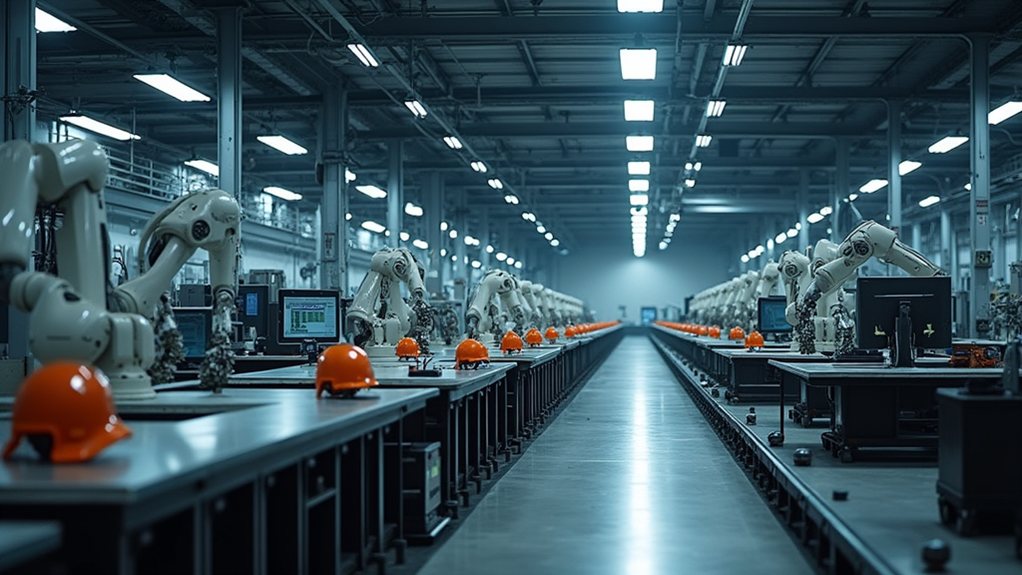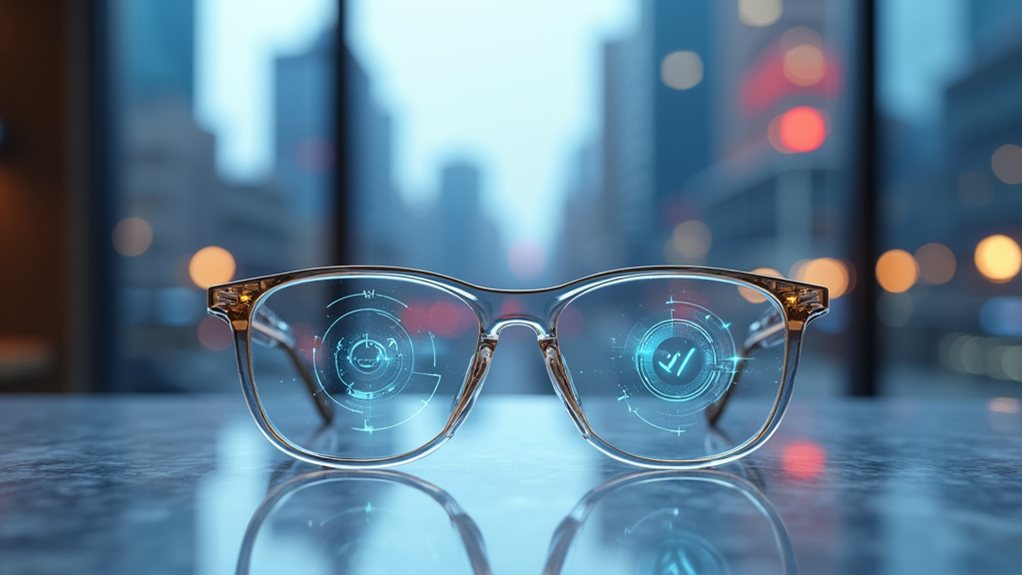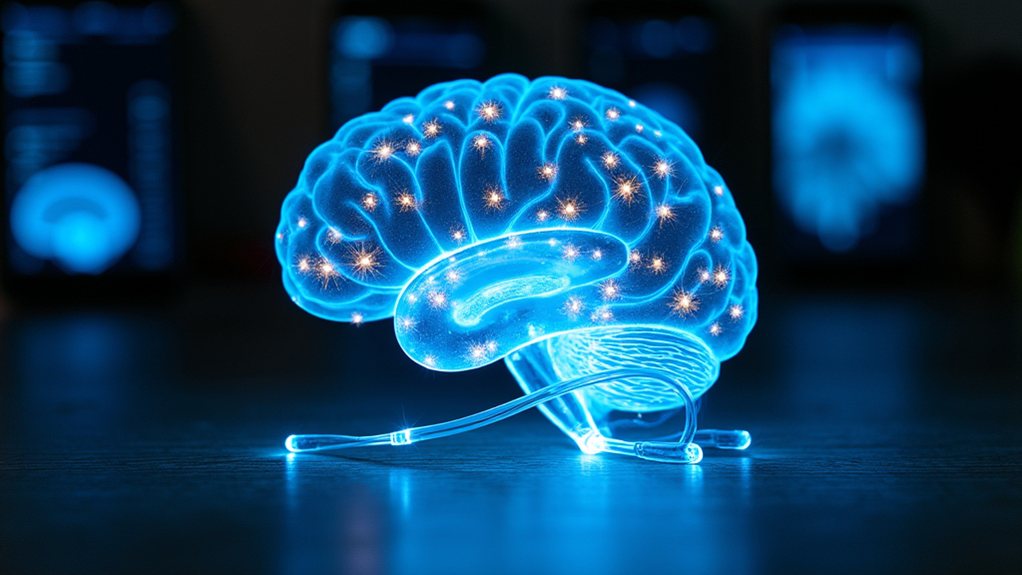Google Photos’ new AI Editor is changing the game for 1.5 billion monthly users. The redesigned interface features “AI Enhance,” which generates three edited versions of photos while sharpening details and removing distractions. Users can draw over specific areas for targeted edits, with the system suggesting appropriate tools. QR code sharing makes collaboration easier for events like weddings. The days of fumbling through complex editing menus might finally be behind us.
Photography just got a whole lot smarter—and possibly a little more magical. Google Photos has introduced a redesigned editor that puts AI front and center, transforming how over 1.5 billion monthly users enhance their images. The timing couldn’t be better, as the platform celebrates its 10th anniversary while housing a staggering nine trillion photos and videos.
The standout feature, “AI Enhance,” generates three different edited versions of your photo by blending multiple effects. Imagine having a digital assistant that knows exactly how to sharpen details, remove photobombers, and adjust lighting—all without you breaking a sweat. It’s like having a photo editor who actually gets your aesthetic without the hourly rate.
Perhaps most impressive is the contextual editing system. Simply draw over an area of your photo, and the AI suggests appropriate tools for that specific region. Want to move your friend slightly to the left? Need to blur that embarrassing background? The system has you covered with targeted suggestions rather than making you hunt through menus.
Draw anywhere on your photo and watch as AI instantly suggests the perfect edit for that exact spot.
The interface itself has undergone a significant makeover, shifting from a cluttered double-tiered menu to a streamlined single row that prioritizes AI tools while keeping manual controls available for the control freaks among us. Traditional adjustments like brightness and contrast still exist, but they’re now accompanied by new AI companions like “Reimagine” and “Auto Frame.” Users will appreciate the feature that offers AI-inspired suggestions for enhancing their photos with minimal effort. With these advancements, Google Photos joins the 77% of companies using AI integration to improve customer experience and operational efficiency.
Android users are getting first dibs on these updates, with iOS support planned later this year. The rollout will be gradual, reaching most users over several months.
Collaboration features haven’t been forgotten either. New QR code generation for albums makes sharing collections easier than ever, perfect for group events where everyone wants access to the photos. The feature enables users to bypass traditional permissions when sharing photos from large gatherings like weddings.
For the nine trillion memories stored in Google Photos, these AI-powered enhancements represent more than just a cosmetic update—they’re a fundamental shift in how we interact with our visual histories, making professional-quality editing accessible to everyone with a smartphone.









